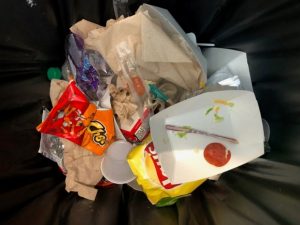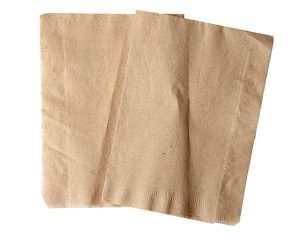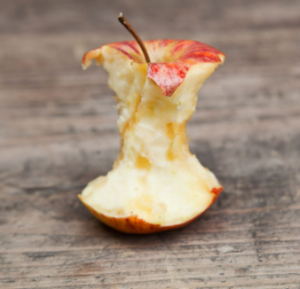
I believe that most people would agree that an apple core is waste. No one will eat the full apple and anyone who will doesn’t want just the core and the seeds. I think that Mary Douglas can help us with all the religious examples around food waste. Those people were afraid of getting sick and so when they would get sick from food it was then a spiritual reason. I don’t think people nowadays are spiritually afraid of apple cores but that people don’t want to get sick from it. It has other people’s germs all over it, and depending on how long it’s been sitting it might be molding or decomposing. It might be just me but there is also this cultural thing of not eating the core of an apple. I think that people find it odd or abnormal behavior. No one wants to be seen as abnormal in a bad way, so of course they aren’t going to eat the apple core if everyone else around them thinks of it as waste.
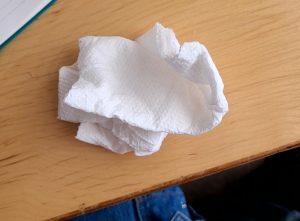
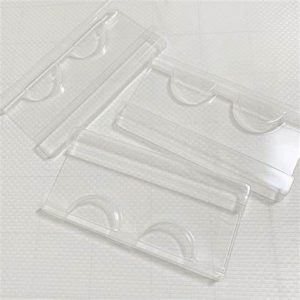
 A plastic bottle of soda that has been
A plastic bottle of soda that has been 